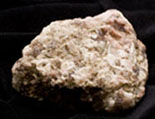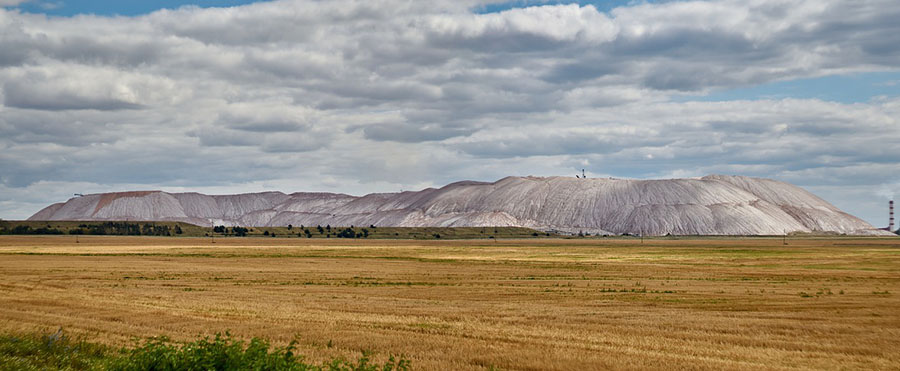 This year, record high crop prices have been a major driving force behind rising potash prices. And demand for such fertilizers is poised to increase. Potash is formed from the slow evaporation of water in an ancient ocean. Not all salt basins are created equal, and high-density brine is required to generate the type of potash salt used for fertilizer. While small potash deposits are found in many regions, only a few larger deposits have been delimitated. Exploration and discovery of new deposits is crucial in meeting future potash demand.
This year, record high crop prices have been a major driving force behind rising potash prices. And demand for such fertilizers is poised to increase. Potash is formed from the slow evaporation of water in an ancient ocean. Not all salt basins are created equal, and high-density brine is required to generate the type of potash salt used for fertilizer. While small potash deposits are found in many regions, only a few larger deposits have been delimitated. Exploration and discovery of new deposits is crucial in meeting future potash demand.Arizona, New Mexico, Colorado and Utah are home to multiple salt basins. While it has been extracted for years, demand and prices have taken off only recently. Going forward, many economists are predicting runaway potash demand.
The Holbrook and Paradox Basins are two salt basins found in the region. Holbrook Basin is close to Holbrook, Arizona, which, according to the AZ GS, hosts a large potash deposit. Extensive drilling in the 1960s and 1970s drilled more than 100 holes to delineate the resource and reported the presence of potassium minerals sylvite, carnallite and polyhalite. Following are characteristics of the basin:
- The potash deposit is situated from 700–2,000 ft. belowground.
- Most of the deposit is found at ~1,200–1,300 ft. deep.
- The maximum thickness of the potash is about 40 ft.
Total volume estimates range from 5.68–6.45 km. According to the AZ GS, the basin hosts an estimated 682 Mt.–2.27 Bt. A key explorer hard at work in Holbrook Basin is Passport Potash Inc. (TSX.V:PPI, OTCQX:PPRTF), which currently controls over 70,000 acres of land in the basin. Passport has combined both historic records and its own drilling program to further substantiate the potash grade and quantity. Drilling is on the property currently underway and an NI-43-101-compliant resource estimate is currently in the works.


























































